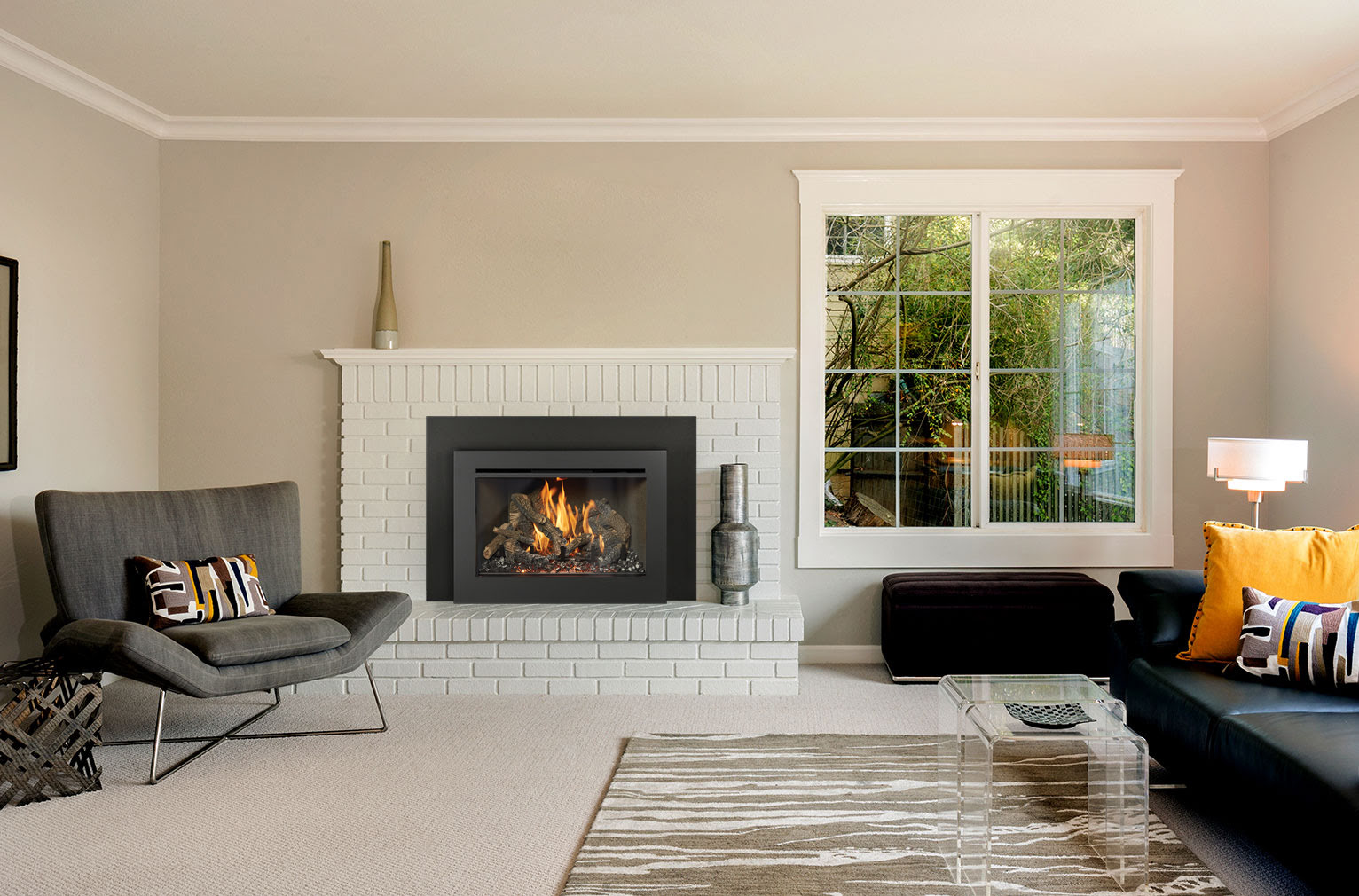

Articles
How Much Is A Gas Insert Fireplace Cost
Modified: February 24, 2024
Discover articles about gas insert fireplaces and find out how much they cost. Get expert tips and advice on choosing the perfect gas insert for your home.
(Many of the links in this article redirect to a specific reviewed product. Your purchase of these products through affiliate links helps to generate commission for Storables.com, at no extra cost. Learn more)
Introduction
Gas insert fireplaces have become increasingly popular options for homeowners who want to add a touch of elegance and warmth to their living spaces. These innovative appliances offer a convenient and efficient alternative to traditional wood-burning fireplaces, providing both aesthetic appeal and practical functionality. In this article, we will explore the benefits of gas insert fireplaces, factors that can affect their cost, considerations for installation, and the potential savings they can offer.
The main advantage of a gas insert fireplace is the ease of use and convenience it provides. Unlike wood-burning fireplaces, gas inserts can be ignited with the simple flick of a switch or the press of a remote control button. This eliminates the need for collecting and storing firewood, as well as the hassle of starting and maintaining a fire. With a gas insert fireplace, you can enjoy the cozy ambiance of a warm fire without the mess and effort associated with traditional fireplaces.
Another benefit of gas insert fireplaces is their efficiency. These fireplaces are designed to provide an efficient heating source for your home, allowing you to effectively heat specific areas or even the entire house. Gas insert fireplaces typically have a higher BTU (British Thermal Unit) output compared to wood-burning fireplaces, meaning they can generate more heat with less fuel. This can translate into significant cost savings on your energy bills, especially during the colder months.
When considering the cost of a gas insert fireplace, there are several factors that can influence the price. One of the main factors is the size and BTU requirements of the fireplace. Larger fireplaces with higher BTU outputs will generally cost more than smaller models. Additionally, the brand and quality of the fireplace can also impact its cost. High-end brands may have a higher price tag, but they often come with advanced features, superior craftsmanship, and longer warranties.
The installation and venting of a gas insert fireplace is another important consideration. Proper installation is crucial for ensuring the safety and efficiency of the appliance. The cost of installation can vary depending on factors such as the complexity of the project, the distance between the fireplace and the gas source, and any necessary modifications to the existing chimney or venting system. It is recommended to hire a professional for the installation process to ensure it is done correctly and in accordance with local building codes.
Key Takeaways:
- Gas insert fireplaces offer convenience, efficiency, and cost savings, making them a practical and stylish heating solution for homeowners. Consider factors like size, brand, and installation to make an informed decision.
- Proper installation, venting, and maintenance are crucial for the safety and performance of gas insert fireplaces. Understanding energy efficiency and cost-saving benefits can help homeowners make a smart and economical choice.
Read more: How Much Does A Fireplace Insert Cost
The Benefits of a Gas Insert Fireplace
Gas insert fireplaces offer numerous benefits that make them a popular choice among homeowners. Here are some of the key advantages of installing a gas insert fireplace in your home.
- Convenience: One of the most significant benefits of a gas insert fireplace is the convenience it provides. With just a push of a button or the flick of a switch, you can ignite and control the flames instantly. This eliminates the need for collecting and storing firewood, as well as the hassle of starting and maintaining a fire. You can enjoy the warmth and ambiance of a fire without the stress and effort associated with traditional wood-burning fireplaces.
- Efficiency: Gas insert fireplaces are highly efficient in terms of heat output. They are designed to provide a consistent and controlled level of warmth, allowing you to heat specific areas of your home or even the entire house. Unlike wood-burning fireplaces, which generate a lot of heat that can escape through the chimney, gas inserts are equipped with features like sealed combustion and adjustable heat settings to maximize efficiency. This can result in significant cost savings on your heating bills.
- Aesthetic Appeal: Gas insert fireplaces come in a variety of styles, designs, and finishes, allowing you to choose a unit that complements your home decor. Whether you prefer a modern, sleek look or a more traditional and rustic design, there are options available to suit your taste. Some models even offer realistic flame effects that mimic the appearance of a real wood-burning fire, creating a cozy and inviting atmosphere in your living space.
- Clean and Environmentally-Friendly: Gas insert fireplaces produce fewer emissions compared to wood-burning fireplaces, making them a cleaner and more environmentally-friendly option. Since they use natural gas or propane as fuel, there is no need to worry about the release of harmful particulates and pollutants into the air. Additionally, gas inserts do not produce ash or soot, eliminating the need for regular cleaning and maintenance.
- Increased Safety: Gas insert fireplaces are generally safer than wood-burning fireplaces. With their sealed combustion systems, there is minimal risk of sparks, embers, or smoke escaping into your home. Some models also come with additional safety features, such as automatic shut-off valves and protective barriers, to further enhance safety.
Overall, gas insert fireplaces provide a convenient, efficient, and aesthetically pleasing heating solution for your home. With their ease of use, energy savings, and enhanced safety features, they are a popular choice for homeowners looking to add warmth and ambiance to their living spaces.
Factors Affecting the Cost of a Gas Insert Fireplace
The cost of a gas insert fireplace can vary significantly depending on several factors. Understanding these factors can help you make an informed decision and budget accordingly for your purchase. Below are some key factors that influence the cost of a gas insert fireplace.
- Size and BTU Output: The size of the gas insert fireplace and its BTU (British Thermal Unit) output are important determinants of its cost. Generally, larger models with higher BTU outputs will have a higher price tag. This is because larger fireplaces require more materials and components to build, which contributes to the overall cost.
- Brand and Quality: The brand and quality of the gas insert fireplace can also affect its cost. Well-known and reputable brands often have higher prices due to their established reputation for producing high-quality products. While it may be tempting to opt for a cheaper, lesser-known brand, it’s essential to consider the long-term durability and reliability of the fireplace.
- Features and Accessories: Gas insert fireplaces can come equipped with various features and accessories that can impact their cost. Some common features include remote controls, adjustable flame settings, flame effects, and programmable thermostats. Additionally, accessories such as decorative surrounds, mantels, and fire glass can enhance the visual appeal of the fireplace but may add to the overall cost.
- Installation Considerations: The cost of installing a gas insert fireplace should also be factored into the overall price. The complexity of the installation process, such as the need to modify an existing chimney or venting system, can increase the installation cost. It’s crucial to consult with a professional installer to determine any additional requirements or potential challenges that may arise during the installation.
- Additional Venting Systems: Gas insert fireplaces require proper venting to operate safely and efficiently. If your home does not have an existing venting system, you may need to install one, which can add to the overall cost. The type of venting system required, such as a direct vent or a vent-free system, can also affect the price.
- Location and Labor Costs: The region in which you live can impact the labor costs involved in the installation of a gas insert fireplace. Labor costs can vary depending on factors such as local building codes, permits, and the availability of qualified installers.
It is important to consider these factors and consult with a reputable fireplace dealer or installer to get an accurate estimate of the cost for your specific requirements. This will help you determine a budget and select a gas insert fireplace that meets both your heating needs and your budgetary constraints.
Determining the Size and BTU Requirements
When choosing a gas insert fireplace, it is crucial to determine the appropriate size and BTU (British Thermal Unit) requirements for your space. These factors play a significant role in ensuring that the fireplace adequately heats your room or home. Here are some considerations to help you determine the right size and BTU output for your gas insert fireplace.
Room Size: The size of the room or area you intend to heat is an essential factor in choosing the right size gas insert fireplace. A fireplace that is too small for the room will struggle to provide sufficient heat, while a fireplace that is too large may overheat the space. Measure the length, width, and height of the room to calculate its cubic footage. This measurement will help you select a gas insert fireplace that can effectively heat the area.
Insulation and Layout: Consider the insulation and layout of your space. Well-insulated rooms will retain heat better, requiring a lower BTU output. On the other hand, rooms with poor insulation or open floor plans may need a higher BTU output to compensate for heat loss. Take into account factors such as the number of windows, ceiling height, and whether the room is connected to other areas without doors.
Climate: The climate in which you live can also influence the size and BTU requirements of your gas insert fireplace. Colder climates require higher BTU outputs to ensure adequate heating, while milder climates may require less. Consider the average winter temperatures in your area to guide your decision.
Efficiency Rating: Gas insert fireplaces come with efficiency ratings that indicate how well they convert fuel into heat. Higher efficiency ratings mean that the fireplace can generate more heat with less fuel. Consider the efficiency rating when selecting a gas insert fireplace to ensure optimal heat output and energy savings.
Once you have determined the size requirements for your gas insert fireplace, you can calculate the appropriate BTU output. A general guideline is to multiply the room’s cubic footage by the desired temperature rise (usually 20°C or 36°F) and divide by a constant factor. For example, if your room measures 500 cubic feet and you want to achieve a 20°C temperature rise, you can use the following formula:
BTU = (Room Cubic Feet x Temperature Rise) / Constant Factor
Consult with a professional installer or fireplace dealer to help you accurately calculate the BTU requirements for your space. They can provide you with specific recommendations based on your room size, insulation, and climate considerations.
Comparing Different Gas Insert Fireplace Brands
When choosing a gas insert fireplace, it is important to compare different brands to ensure you select a reliable and high-quality product. There are several reputable brands to consider, each offering unique features, designs, and warranties. Here are some key factors to consider when comparing different gas insert fireplace brands.
- Reputation and Experience: Consider the reputation and experience of the brand in the fireplace industry. Established brands with a long history of manufacturing gas insert fireplaces are more likely to offer reliable and well-crafted products. Look for brands that have a positive track record and consistently receive good reviews from customers.
- Quality of Materials and Construction: Assess the quality of materials and construction used by different brands. Gas insert fireplaces should be made from durable and heat-resistant materials that can withstand the high temperatures generated by the flames. Look for brands that use high-quality components and have a reputation for craftsmanship.
- Variety of Styles and Designs: Consider the variety of styles and designs offered by different brands. Look for a brand that offers a range of options to suit your aesthetic preferences and complement your home’s décor. Whether you prefer a traditional or contemporary design, choose a brand that offers the style you desire.
- Features and Technology: Evaluate the features and technology incorporated into the gas insert fireplaces of different brands. Some brands may offer advanced features such as remote controls, thermostat controls, flame adjustments, and heat distribution systems. Consider which features are important to you and compare them across different brands.
- Energy Efficiency: Assess the energy efficiency of gas insert fireplaces from different brands. Look for brands that offer models with high efficiency ratings. Higher efficiency means that the fireplace will convert more fuel into heat, resulting in energy savings and reduced operating costs.
- Warranty and Customer Support: Check the warranty and customer support provided by different brands. A reliable brand will offer a comprehensive warranty that covers both the fireplace and its components. Additionally, they should have a responsive and helpful customer support team to address any queries or concerns you may have.
- Price and Value for Money: Finally, consider the price and overall value for money offered by different brands. It is important to strike a balance between a reasonable price and the quality and features offered by the brand. Remember that investing in a well-built and reliable gas insert fireplace from a reputable brand can provide long-term value and satisfaction.
Take the time to research and compare different gas insert fireplace brands before making a decision. Read customer reviews, consult with fireplace professionals, and visit showrooms or expos to see the products firsthand. By considering these factors, you can select a brand that meets your specific requirements and ensures a beautiful and functional addition to your home.
When considering the cost of a gas insert fireplace, it’s important to factor in the initial purchase price, installation costs, and ongoing fuel expenses. Additionally, look for energy-efficient models to save on long-term operating costs.
Read more: What Is A Gas Fireplace Insert
Installation and Venting Considerations
Proper installation and venting are crucial factors to consider when adding a gas insert fireplace to your home. The installation process should be done by a professional to ensure the safety and efficiency of the appliance. Here are some important installation and venting considerations to keep in mind.
Hiring a Professional: It is highly recommended to hire a professional installer experienced in gas insert fireplace installation. They will have the knowledge and expertise to handle the complexities of the installation process, including gas line connections, venting requirements, and compliance with local building codes. A professional installer can ensure that the fireplace is installed correctly and safely.
Venting System: Gas insert fireplaces require proper venting to exhaust the combustion byproducts and ensure that the indoor air quality remains healthy. There are different venting options available, including direct vent and vent-free systems.
– Direct Vent: This type of venting system uses a sealed pipe that brings fresh air in from the outside while simultaneously expelling combustion gases. It provides more efficient heating and helps maintain good indoor air quality. Direct vent systems are typically the most common and preferred choice for gas insert fireplaces.
– Vent-Free: Vent-free gas insert fireplaces do not require any external venting. Instead, they rely on a system that burns gas cleanly enough to be safe without venting to the outside. Vent-free fireplaces are a suitable option for well-ventilated spaces and can be useful in areas where running a venting pipe may be challenging or not feasible. However, it’s important to check local regulations as some jurisdictions have restrictions on the use of vent-free fireplaces.
Existing Chimney and Vents: If you have an existing chimney or venting system from a previous fireplace, it may need to be modified or upgraded to accommodate the gas insert fireplace. A professional installer can assess the condition of the chimney and vents and make recommendations regarding any necessary modifications or repairs.
Compliance with Building Codes: It is essential to ensure that the installation of your gas insert fireplace complies with local building codes and regulations. Building codes vary from one jurisdiction to another, and they typically dictate requirements for gas line connections, venting, clearances to combustible materials, and other safety considerations. By following the building codes, you can ensure that the installation is safe and up to standard.
Inspections and Permits: Depending on your location, you may need to obtain permits and schedule inspections for the installation of a gas insert fireplace. These requirements ensure that the work is done correctly and in compliance with the applicable regulations. Check with your local building department to determine the necessary permits and inspections needed for your project.
By hiring a professional installer, selecting the appropriate venting system, and complying with building codes, you can ensure a safe and efficient installation of your gas insert fireplace. Remember to follow the manufacturer’s instructions and consult with experts to address any concerns or queries you may have throughout the installation process.
Understanding the Cost of Gas Insert Fireplace Accessories
Gas insert fireplaces offer a range of accessories that can enhance the functionality and aesthetics of your fireplace. It is important to understand the cost of these accessories when budgeting for your gas insert fireplace project. Here are some common accessories to consider and their associated costs.
- Decorative Surrounds: Decorative surrounds or facades are designed to enhance the appearance of your gas insert fireplace. They are available in various materials such as stone, tile, or metal, and can complement your home’s decor. The cost of decorative surrounds can range from a few hundred dollars to several thousand dollars, depending on the material and complexity of the design.
- Mantels: Mantels provide a decorative shelf above the fireplace and can serve as a focal point in your room. They come in different styles and materials, such as wood, stone, or marble. The cost of mantels varies depending on the material, size, and design, with prices typically ranging from a few hundred dollars to several thousand dollars.
- Fire Glass and Fire Media: Fire glass and fire media are often used to replace traditional logs in gas insert fireplaces. They come in various colors and materials, such as tempered glass, ceramic, or lava rocks. The cost of fire glass and fire media depends on the quantity and quality, ranging from around $50 to a few hundred dollars.
- Remote Controls: Some gas insert fireplaces can be operated using remote controls for added convenience. The cost of remote controls varies depending on the features and functionality they offer, with prices typically ranging from $50 to $200.
- Thermostats and Programmable Timers: Thermostats and programmable timers allow you to control the temperature and schedule of your gas insert fireplace. The cost of these accessories will depend on the brand, features, and compatibility with your specific gas insert fireplace model, with prices ranging from $50 to a few hundred dollars.
- Blowers and Heat Transfer Systems: Blowers and heat transfer systems help distribute the heat generated by the gas insert fireplace more effectively throughout the room or home. These accessories can improve the efficiency and performance of your fireplace. The cost of blowers and heat transfer systems varies, with prices typically ranging from around $100 to a few hundred dollars.
It is important to factor in the cost of these accessories when considering your overall budget for a gas insert fireplace. Keep in mind that accessories can significantly enhance the functionality and appearance of your fireplace, so it is worth investing in high-quality options that suit your preferences and needs.
When purchasing gas insert fireplace accessories, it is recommended to buy them from reputable manufacturers or authorized dealers to ensure quality and compatibility with your specific fireplace model. Additionally, consult with your gas insert fireplace installer or dealer for guidance on the best accessories for your particular fireplace.
Maintenance and Upkeep Costs
Like any other home appliance, gas insert fireplaces require regular maintenance and upkeep to ensure optimal performance and longevity. It is important to be aware of the maintenance tasks and associated costs when considering a gas insert fireplace. Here are some maintenance and upkeep costs to consider:
- Annual Inspection and Cleaning: It is recommended to have your gas insert fireplace inspected and cleaned by a professional annually. This ensures that the appliance is functioning properly, the venting system is clear, and any potential issues are addressed before they become major problems. The cost of an annual inspection and cleaning can vary depending on your location and the complexity of the fireplace, typically ranging from $100 to $300.
- Replacing Parts and Components: Over time, certain parts and components of a gas insert fireplace may wear out or become damaged and need replacement. This can include items such as gas valves, thermocouples, pilot assemblies, or fan motors. The cost of replacing parts will depend on the specific component and the brand of your gas insert fireplace. It is advisable to consult with a professional or contact the manufacturer for pricing and availability.
- Glass Cleaning and Maintenance: The glass panel on your gas insert fireplace may require periodic cleaning to remove any soot or dirt that accumulates. There are specific cleaning products designed for gas fireplace glass, which can be purchased at an affordable cost. Regular cleaning and maintenance of the glass will ensure a clear view of the flames and maintain the aesthetics of the fireplace.
- Gas and Energy Costs: The cost of gas and energy to operate the gas insert fireplace should also be considered. While gas insert fireplaces are generally more energy-efficient compared to wood-burning fireplaces, there will still be associated costs. The exact cost will depend on the local gas and energy rates, as well as the frequency and duration of fireplace usage. You can estimate the energy costs by checking the BTU rating and the average price per therm of gas in your area.
- Cleaning and Care Products: You may need to purchase specific cleaning and care products for your gas insert fireplace. This can include glass cleaners, fireplace polish, or hearth cleaners. The cost of these products can vary, but they are typically affordable and readily available at hardware stores or online retailers.
It is important to budget for these maintenance and upkeep costs to ensure the long-term performance and safety of your gas insert fireplace. Regular maintenance, cleaning, and prompt replacement of worn-out parts will help prolong the lifespan of the appliance and ensure that it operates efficiently.
Consulting with a professional installer or fireplace dealer can provide you with more specific information on maintenance requirements and associated costs for your particular gas insert fireplace model.
Energy Efficiency and Cost Savings
Gas insert fireplaces offer notable energy efficiency compared to traditional wood-burning fireplaces. Understanding their energy efficiency and cost-saving benefits can help you make an informed decision about investing in a gas insert fireplace for your home. Here are some key points to consider:
Efficiency Rating: Gas insert fireplaces are rated for efficiency based on how effectively they convert fuel into heat. Look for models with high efficiency ratings, measured in terms of Annual Fuel Utilization Efficiency (AFUE). Higher AFUE ratings indicate that the fireplace can generate more heat with less fuel consumption, resulting in energy savings and lower operating costs.
Zoned Heating: Gas insert fireplaces allow for zoned heating, which means you can control the heat output and direct it to specific areas of your home. This targeted heating approach can help reduce energy waste by heating only the rooms that are being actively used, rather than heating the entire house. By utilizing zoned heating, you can save on energy costs by avoiding the need to heat unused spaces.
Zone Dampers: Some gas insert fireplaces come with built-in zone dampers, which allow you to control the flow of heated air to different zones or rooms. This feature further enhances energy efficiency by directing the heat to the areas that need it most, ensuring optimal comfort while minimizing energy waste.
Cost Savings on Heating Bills: Gas insert fireplaces offer significant cost savings on heating bills compared to traditional heating systems. The ability to heat individual rooms or zones allows you to reduce your reliance on central heating, which can consume more energy. By using the gas insert fireplace as a supplemental heating source, you can lower your overall heating costs and potentially see significant savings during cold winter months.
Reduced Maintenance Costs: Gas insert fireplaces generally require less maintenance compared to wood-burning fireplaces. There is no need to clean up ash, soot, or chimney deposits. Additionally, the absence of wood-burning combustion eliminates the need for chimney sweeping, reducing maintenance costs and enhancing convenience.
Environmental Benefits: The use of natural gas or propane in gas insert fireplaces produces fewer emissions compared to burning wood. This makes gas insert fireplaces a more environmentally-friendly choice as they contribute to reduced air pollution and have a lower carbon footprint. By opting for a gas insert fireplace, you are choosing a heating option that aligns with sustainable and eco-friendly practices.
It is important to note that while gas insert fireplaces offer energy efficiency and cost savings, the actual savings will depend on factors such as the energy prices in your area, the frequency of fireplace usage, and the insulation level of your home. Consulting with a professional or using energy calculators can help estimate potential savings based on your specific circumstances.
By considering the energy efficiency and cost-saving benefits of gas insert fireplaces, you can make a smart and economical choice for heating your home while enjoying the aesthetic appeal and comfort of a beautiful fireplace.
Read more: How To Install Gas Fireplace Insert
Conclusion
Gas insert fireplaces provide a convenient and efficient heating solution for homeowners, offering both aesthetic appeal and practical functionality. By understanding the benefits, costs, and considerations involved with gas insert fireplaces, you can make an informed decision about investing in this home improvement option. Here’s a summary of the key points we discussed:
Gas insert fireplaces offer convenience with their easy ignition and control, eliminating the need for collecting firewood and the hassle of starting and maintaining a fire. They also provide efficiency, allowing you to effectively heat specific areas or your entire home, potentially resulting in significant cost savings on your energy bills.
When considering the cost of a gas insert fireplace, factors like size, BTU output, brand and quality, installation and venting requirements, and accessories should be taken into account. It is recommended to consult with professionals to determine the right specifications and ensure compliance with local building codes.
Comparing different gas insert fireplace brands is important to find a reputable and reliable option. Consider factors like reputation, quality, variety of styles and designs, features and technology, and warranty and customer support.
Installation and venting considerations are vital to ensure the safety and efficiency of your gas insert fireplace. Hiring a professional installer, selecting the appropriate venting system, and complying with building codes are crucial steps in the installation process.
Maintenance and upkeep costs should be taken into account, including annual inspections and cleaning, replacement of parts, glass cleaning, and gas and energy costs. Budgeting for these costs will help ensure the longevity and optimal performance of your gas insert fireplace.
Lastly, gas insert fireplaces offer energy efficiency and cost savings through their efficiency ratings, zoned heating capabilities, and reduced maintenance costs. By using gas insert fireplaces as supplemental heating sources, homeowners can potentially see significant savings on their heating bills while minimizing energy waste.
In conclusion, gas insert fireplaces provide a range of benefits, including convenience, efficiency, and cost savings. By carefully considering the factors discussed in this article and consulting with professionals, you can choose a gas insert fireplace that suits your needs and enhances the warmth and beauty of your home. +
Frequently Asked Questions about How Much Is A Gas Insert Fireplace Cost
Was this page helpful?
At Storables.com, we guarantee accurate and reliable information. Our content, validated by Expert Board Contributors, is crafted following stringent Editorial Policies. We're committed to providing you with well-researched, expert-backed insights for all your informational needs.
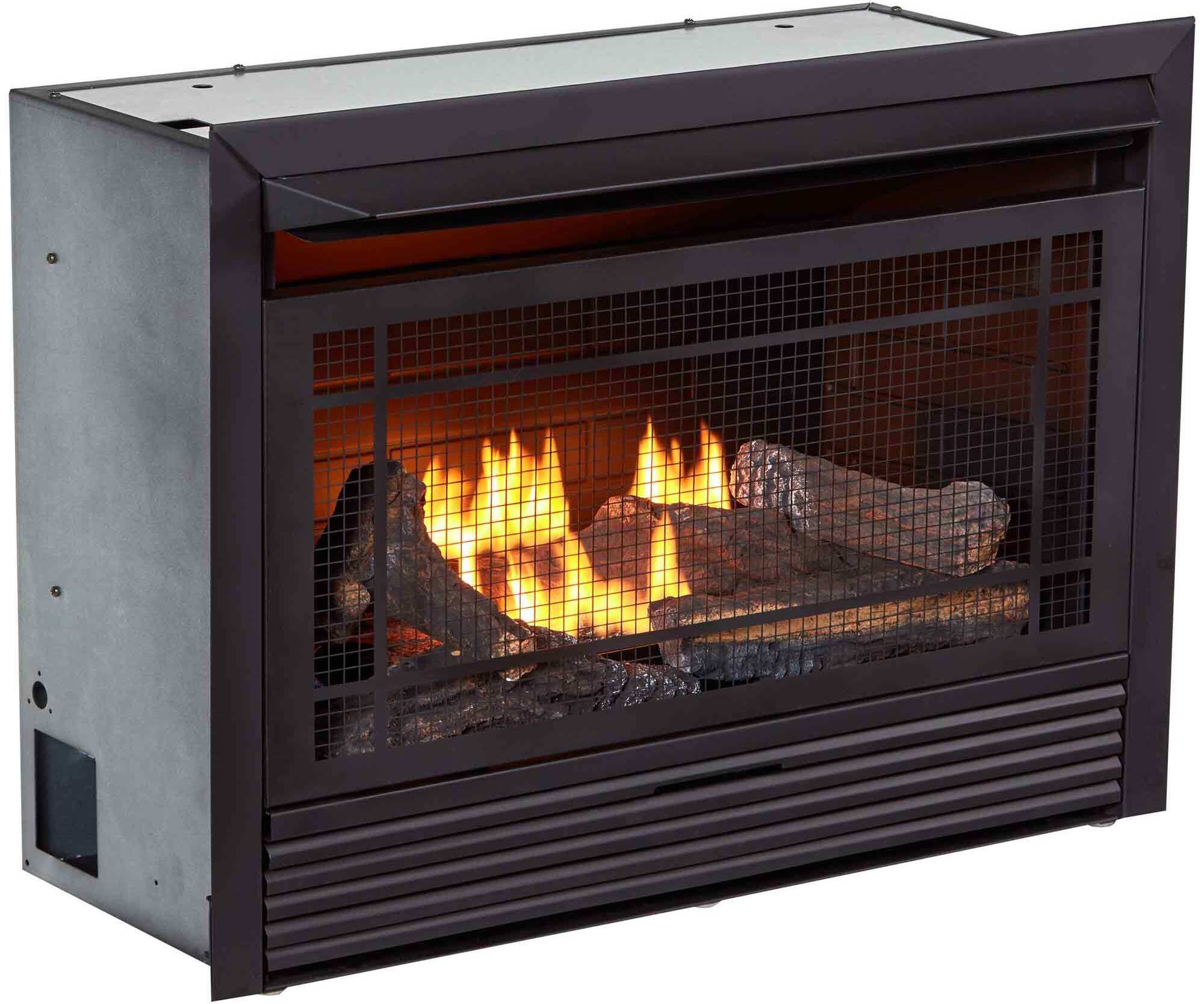
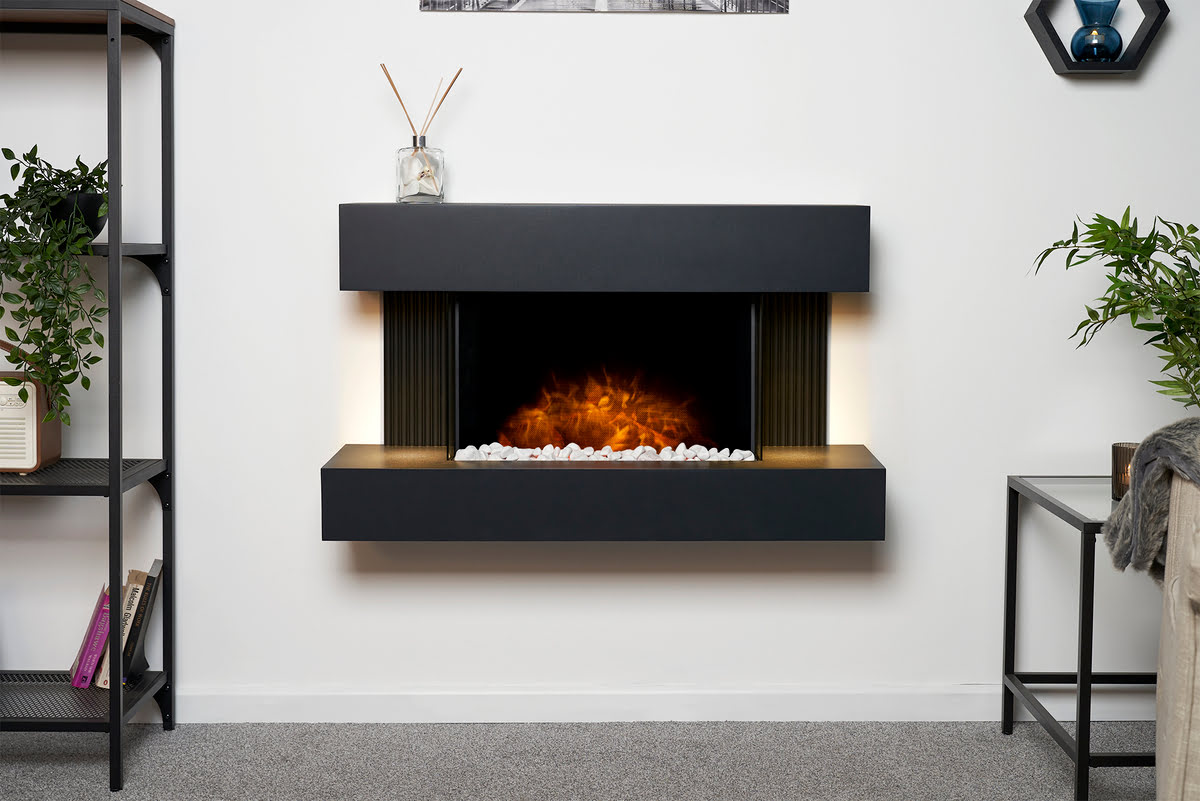
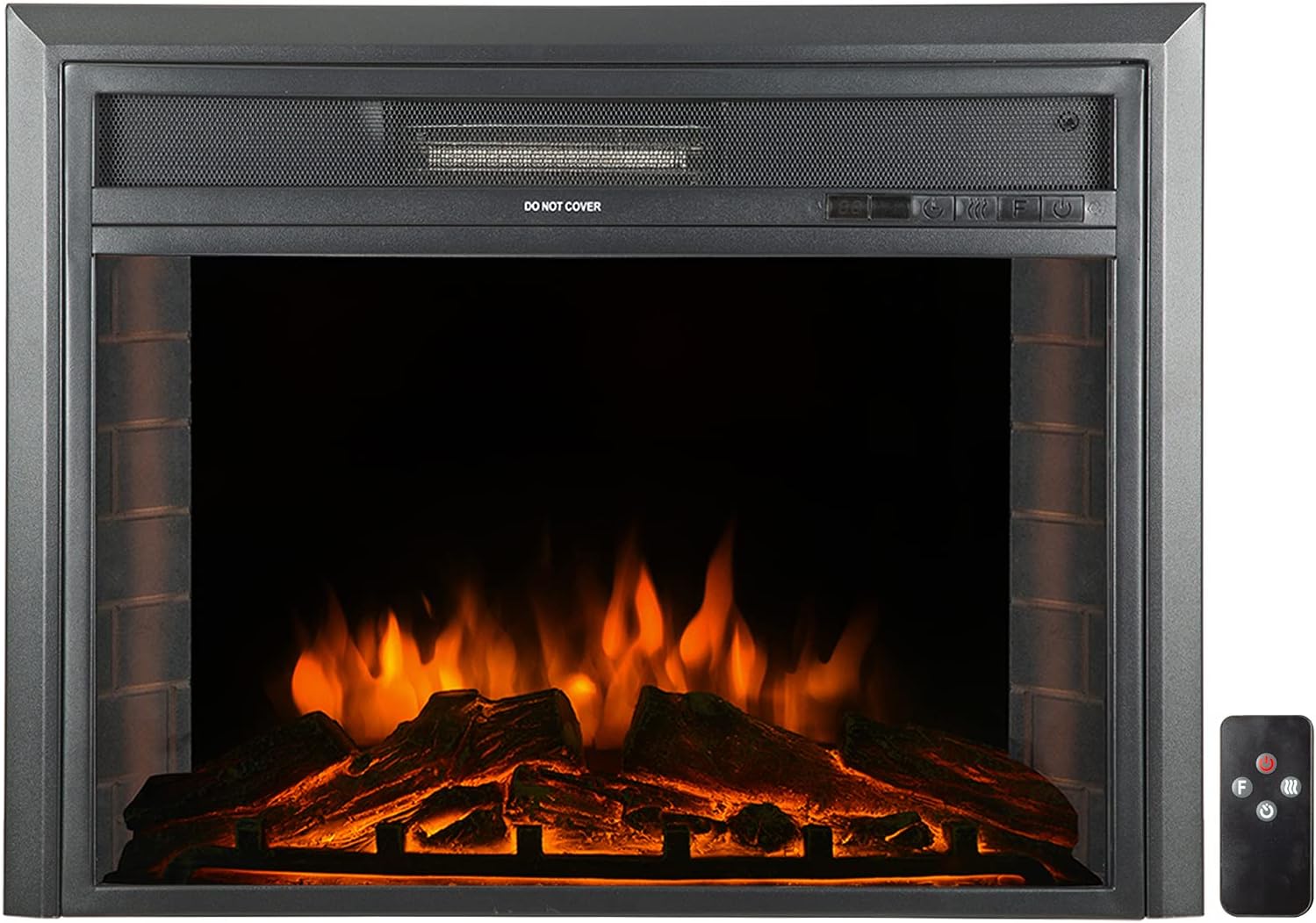
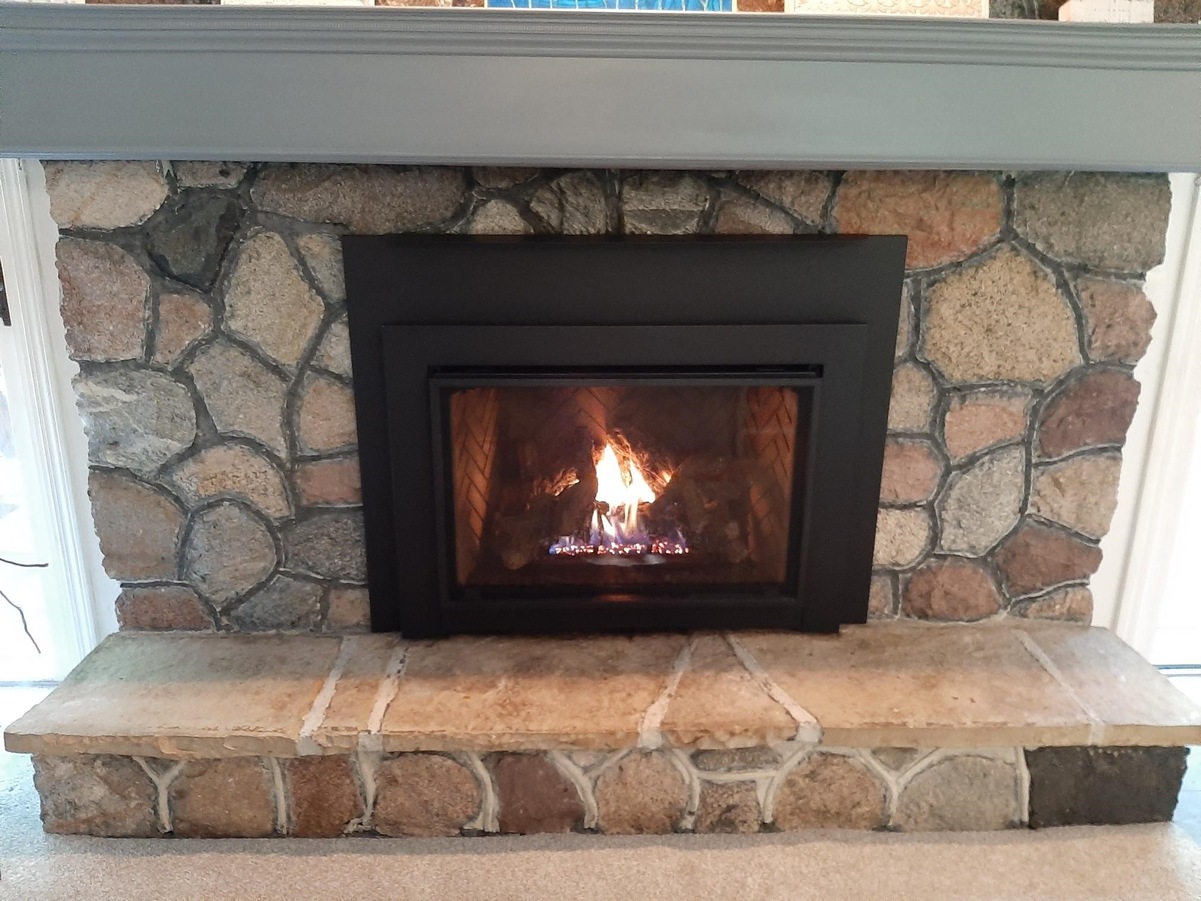
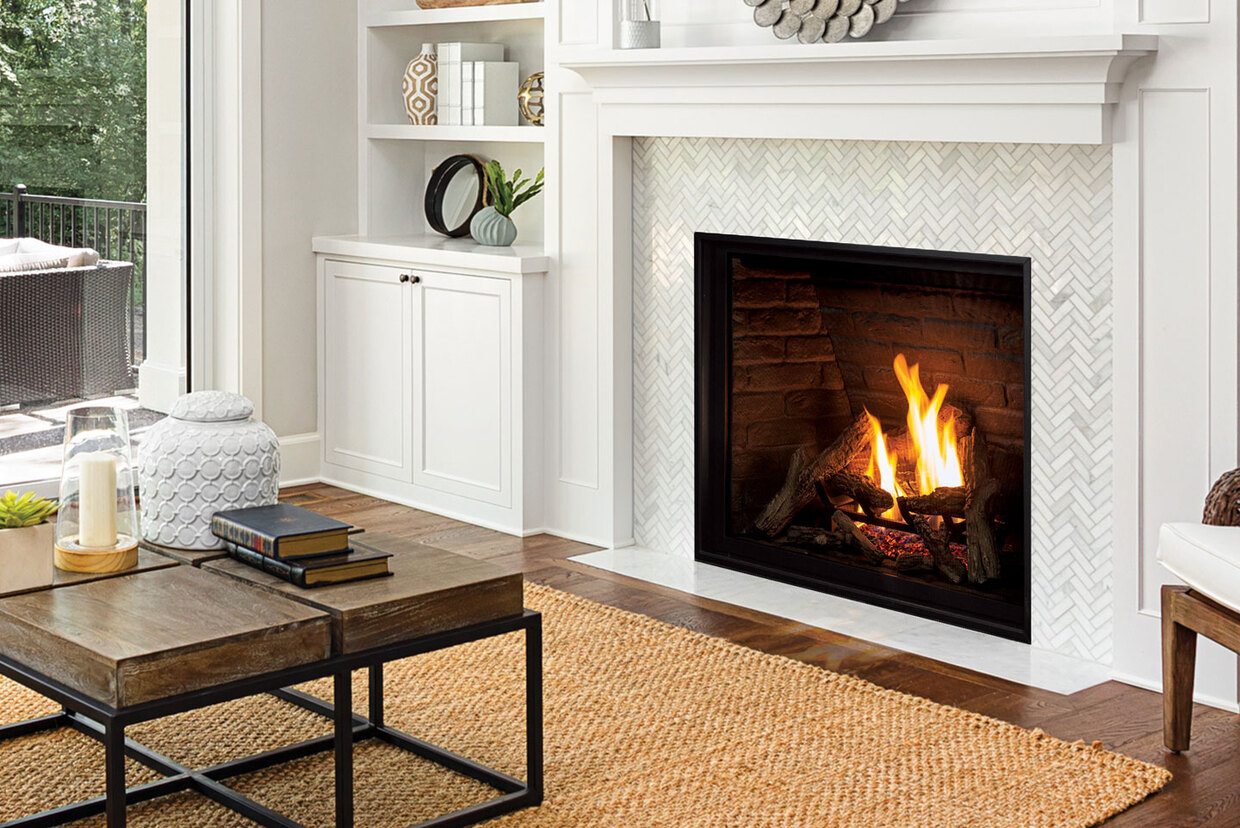
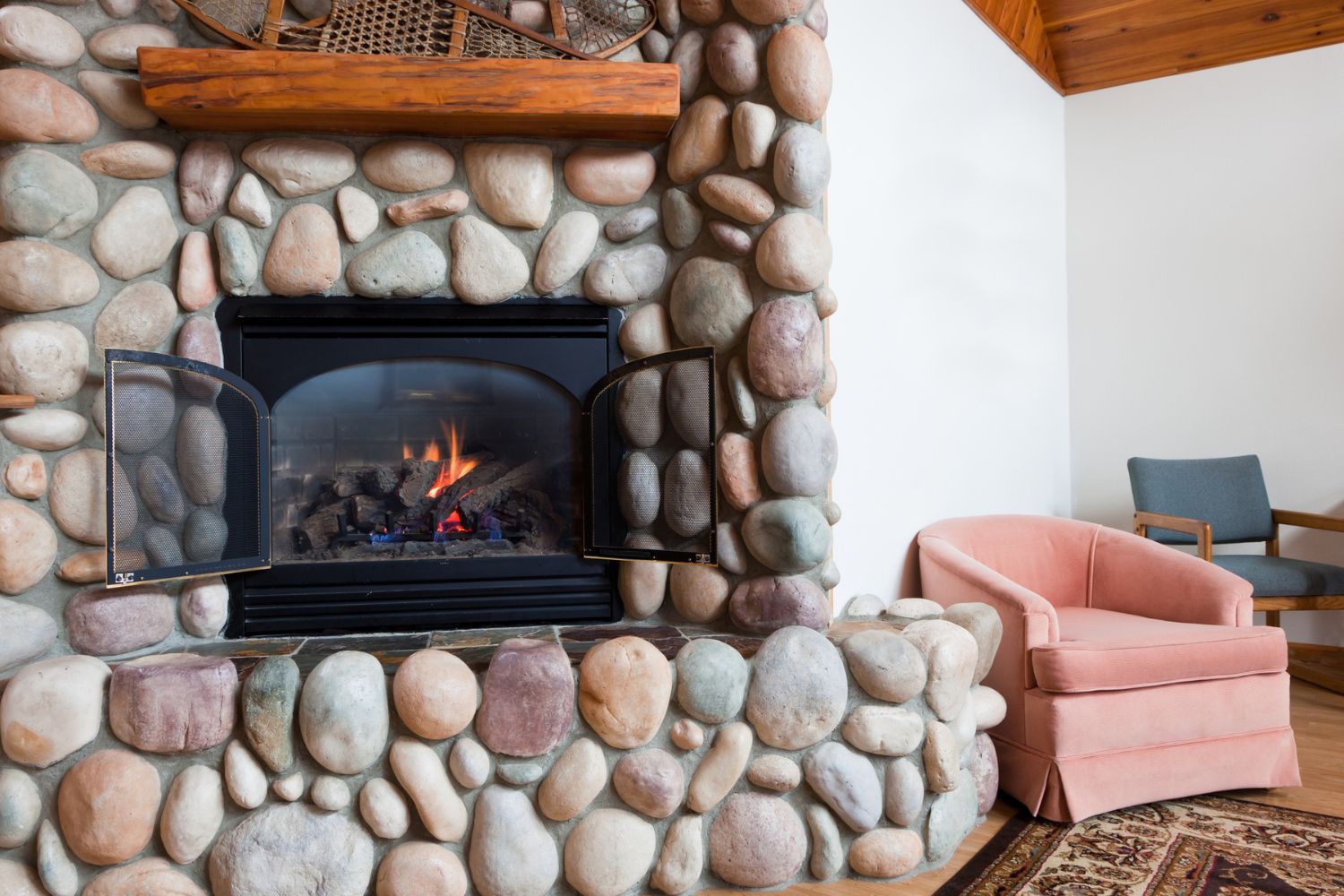
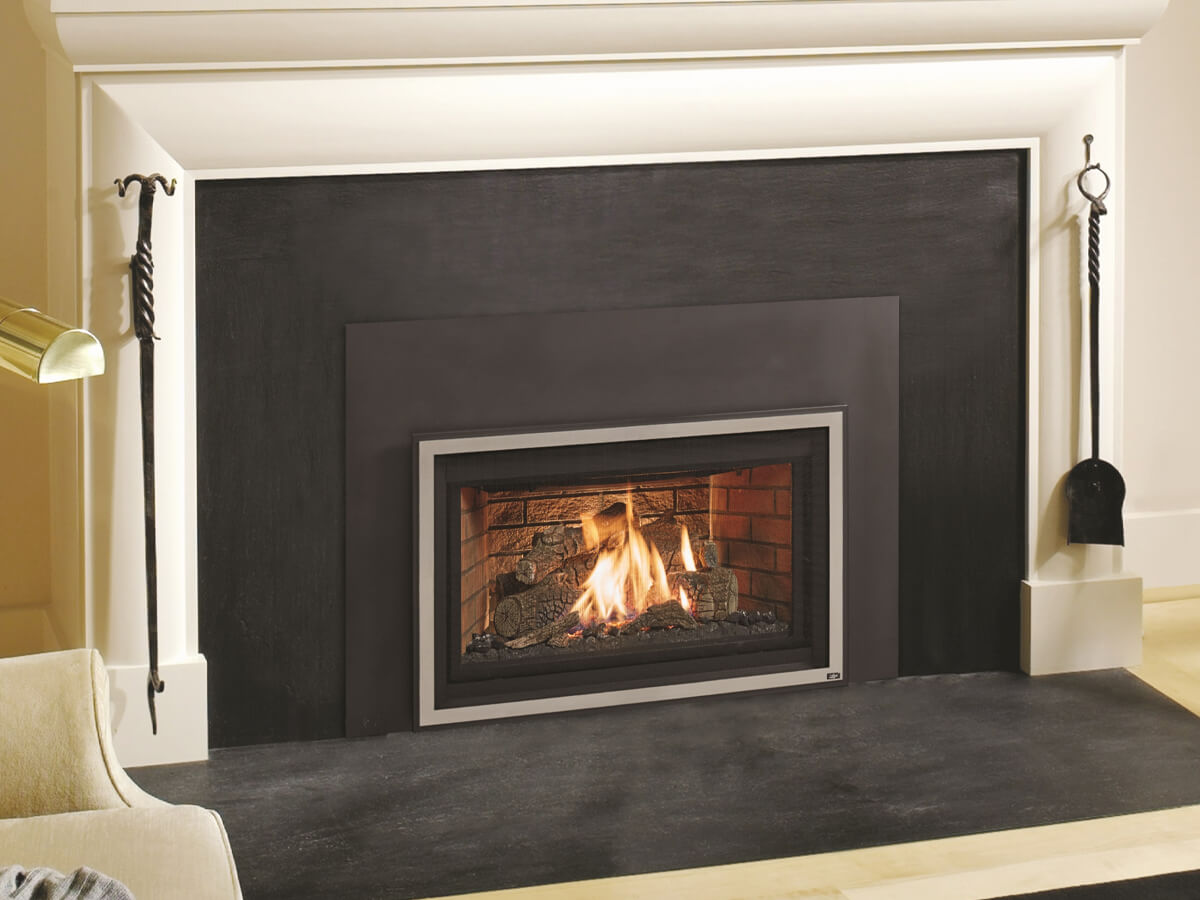
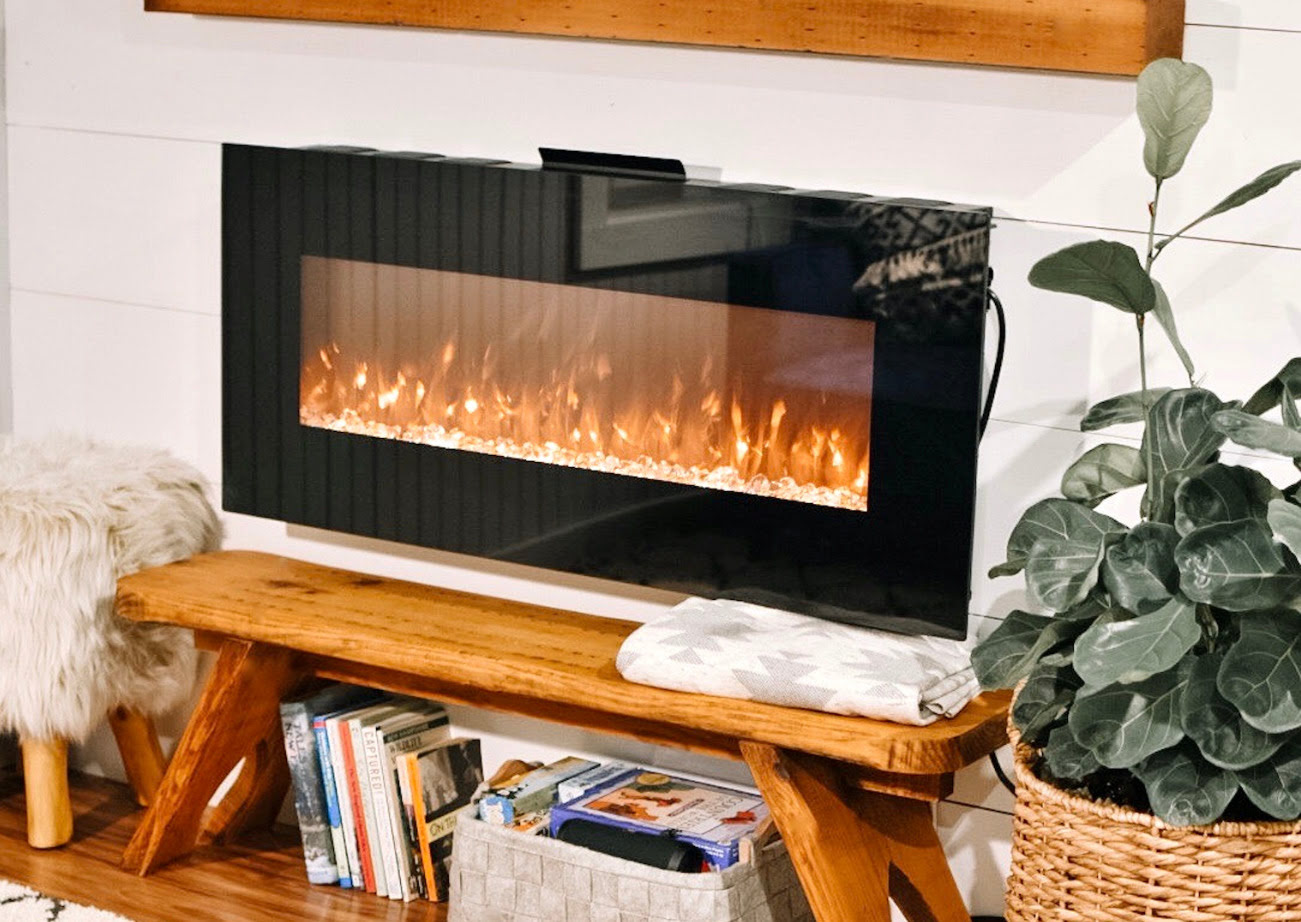
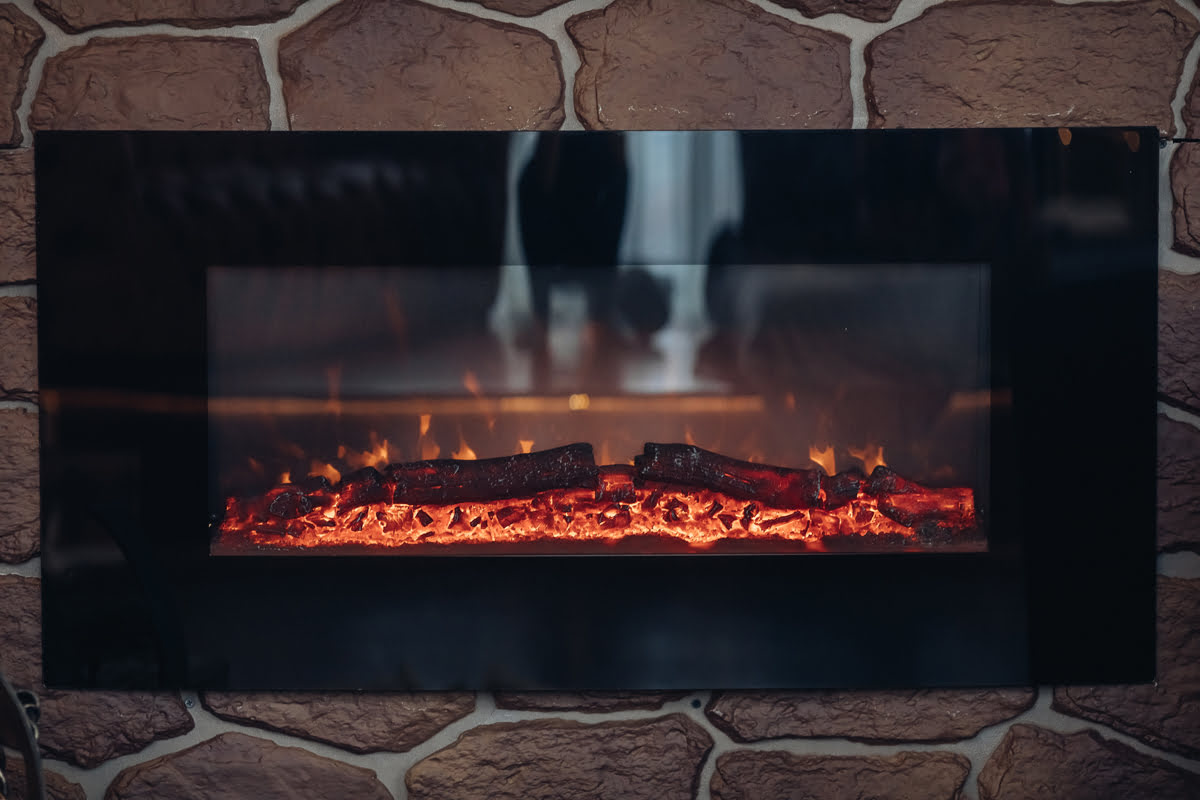
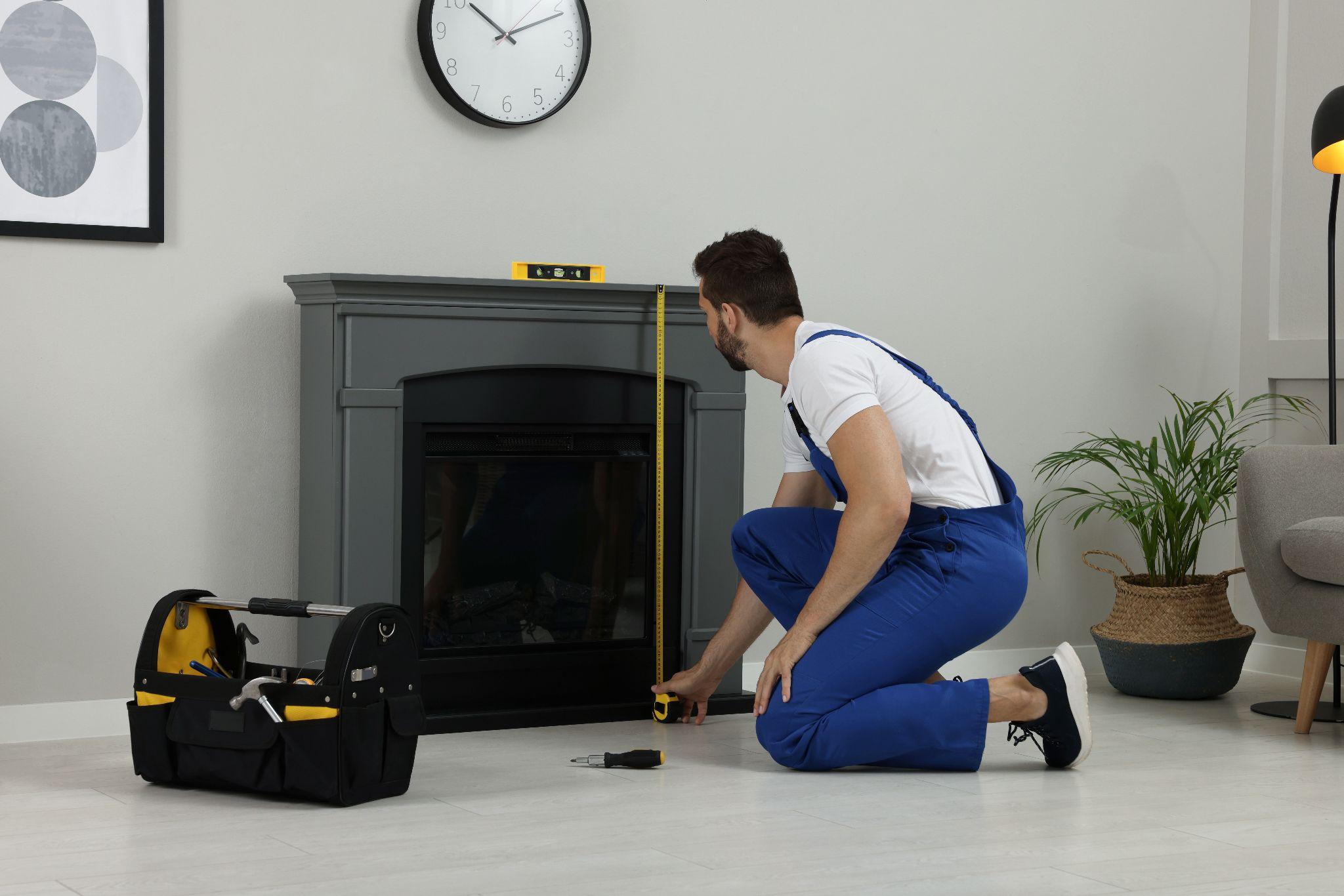

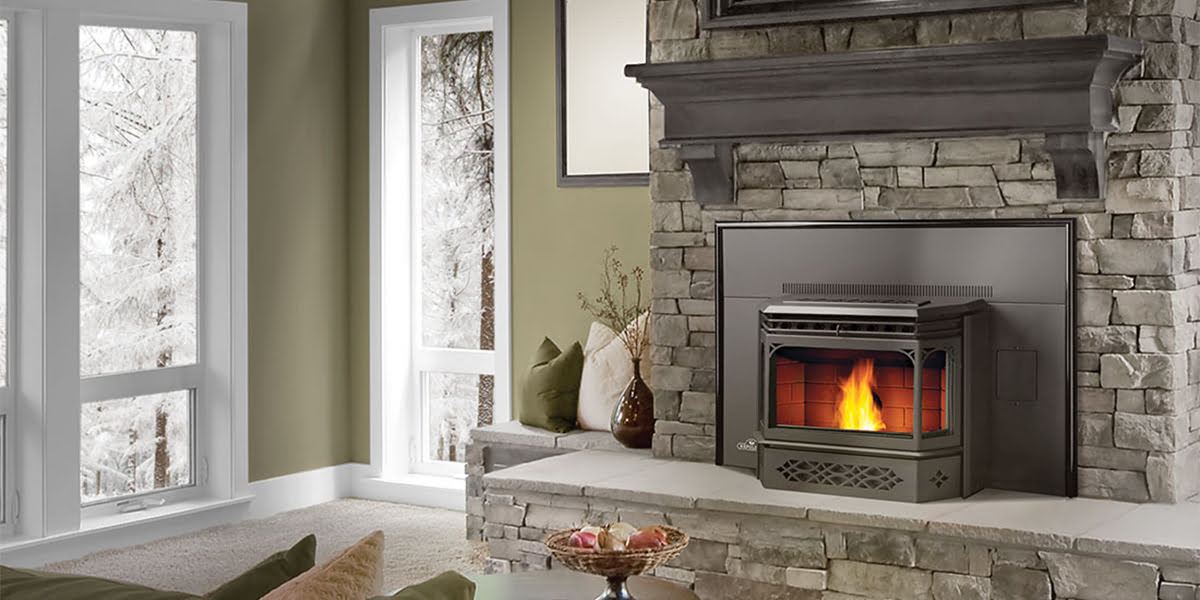
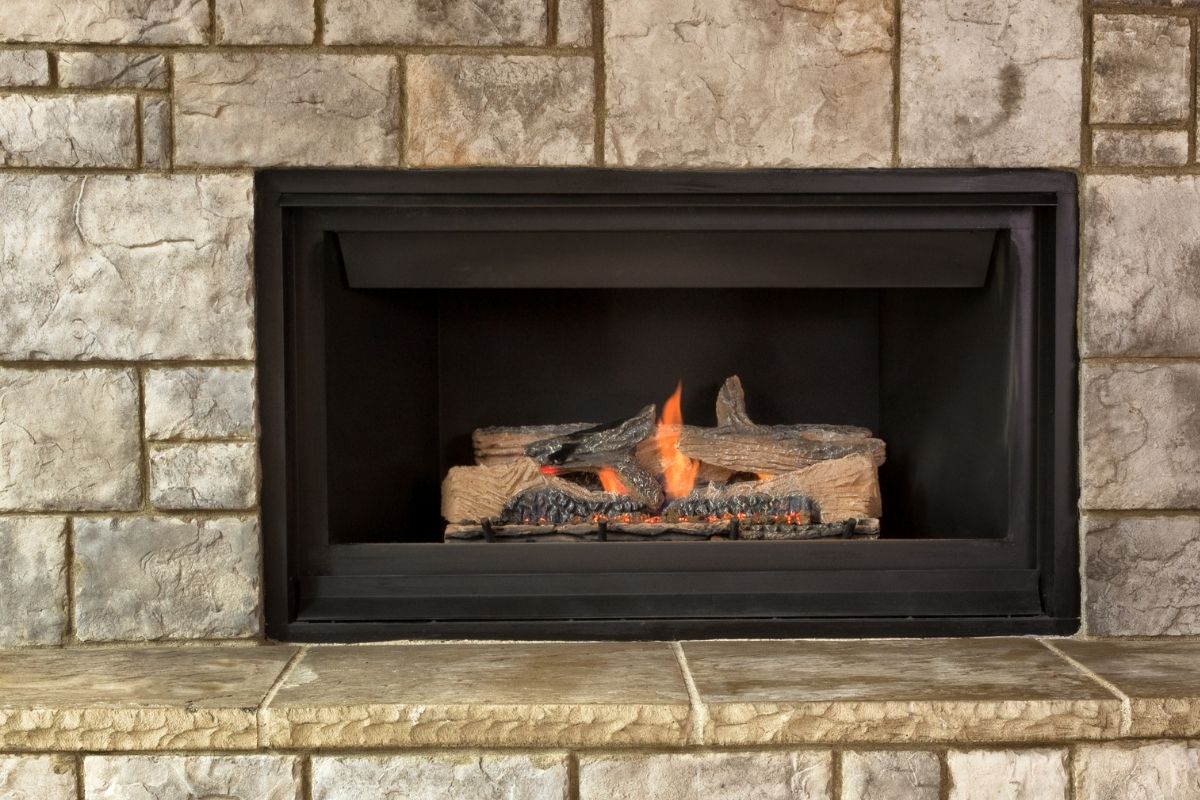

0 thoughts on “How Much Is A Gas Insert Fireplace Cost”